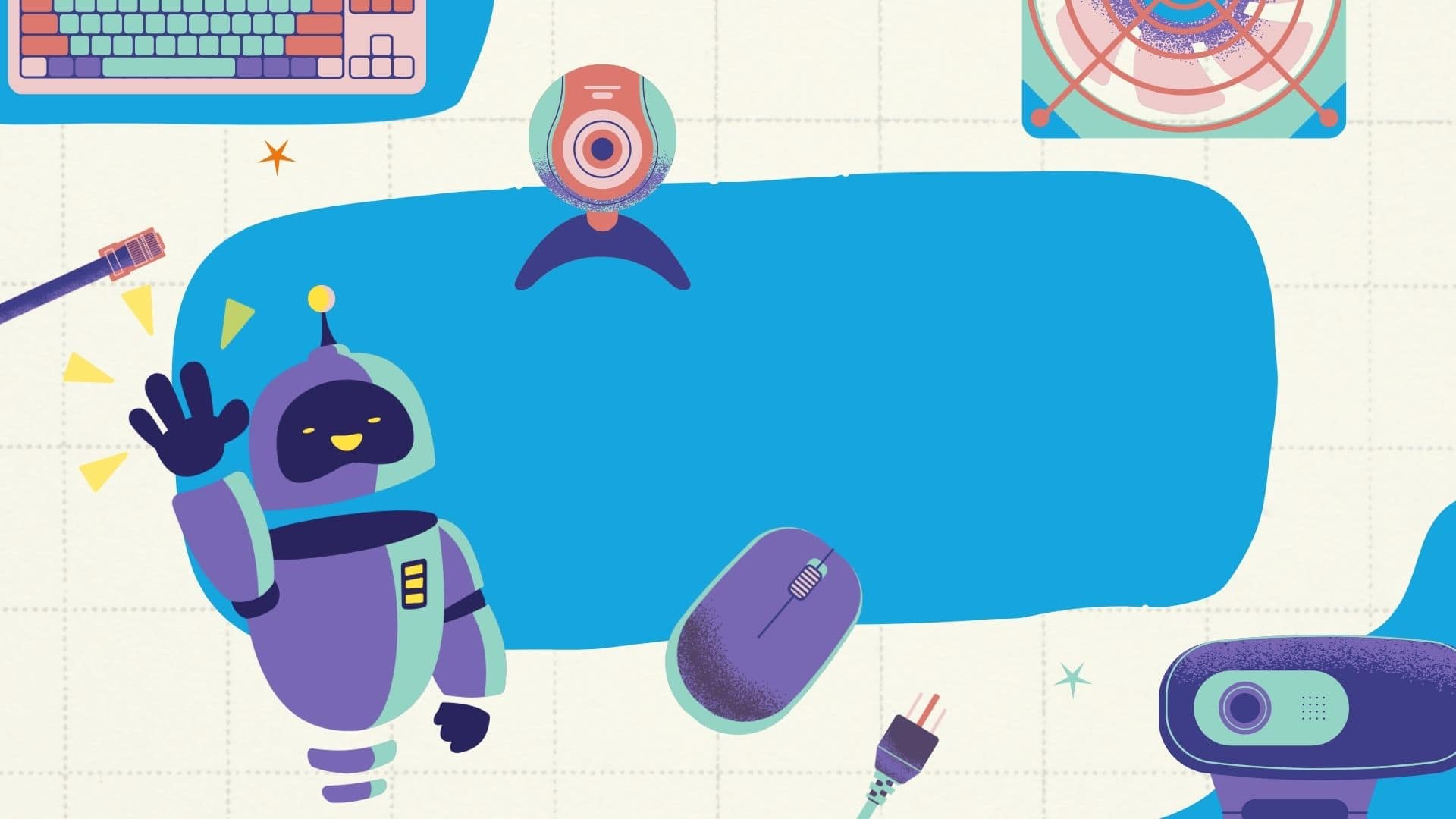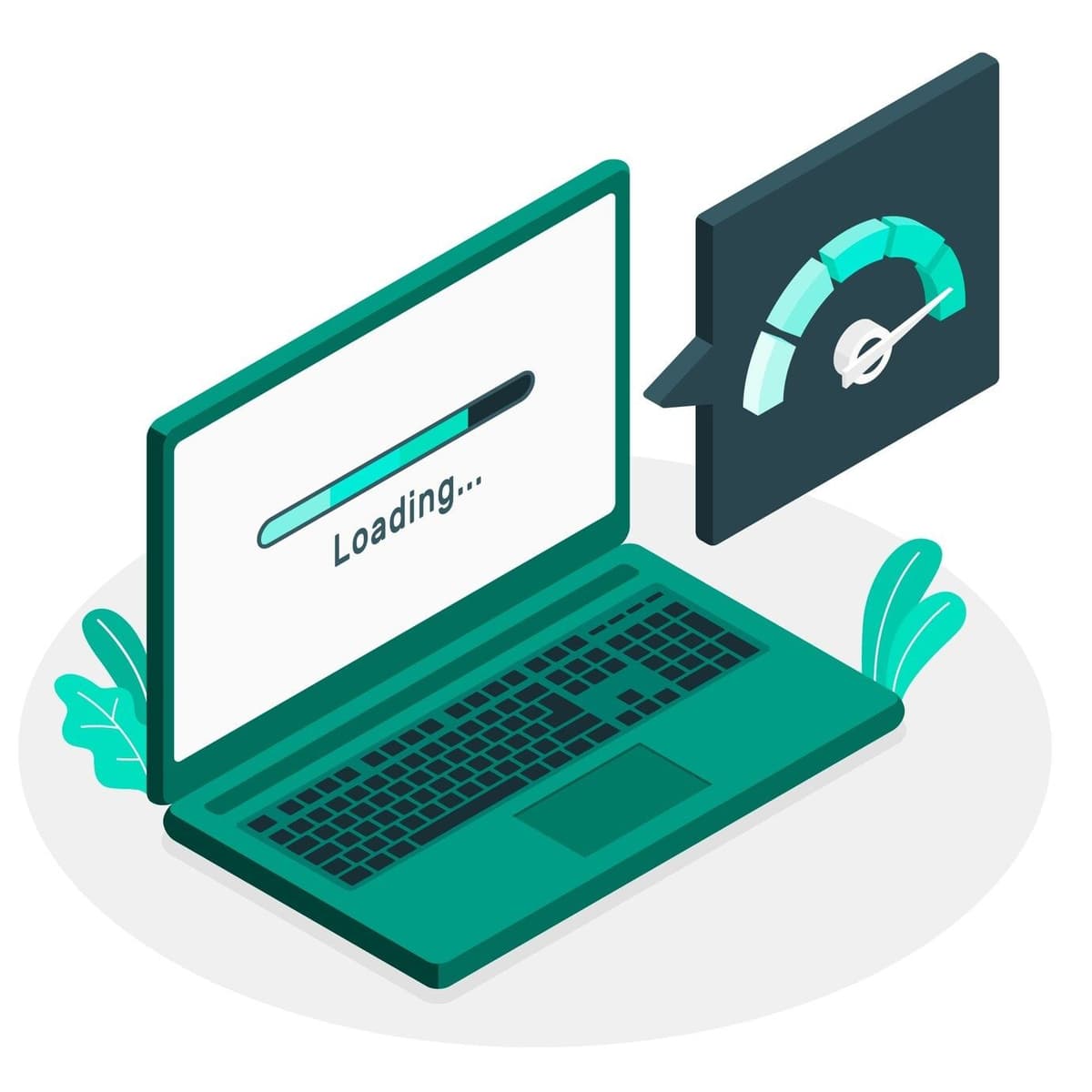
Bootloader issues in Windows are some of the most frustrating experiences you can face when your computer simply won’t start up. The bootloader is a vital piece of software responsible for loading the operating system every time you fire up your computer. If it is corrupted or damaged, this renders the computer unbootable and leaves you few obvious ways to rectify the situation. Fortunately, there are many tools and techniques within Windows that can repair the bootloader to let you return your system to a functional state. This tutorial will show you several ways to troubleshoot and repair issues with the bootloader, from basic startup repair to advanced command-line operations. Read on for an elaborate guide on how to fix BCD errors, MBR issues, or bootloader files missing in Windows.

One of the first things you need to do to repair the bootloader is access the Advanced Startup Options menu. The menu provides you with a set of recovery tools, including options for repairing your bootloader. If your computer is unable to boot normally, you’ll have to get into that menu using external media. Here’s how:
If you don’t have Windows installation media, you’ll need to make one. You can download the ISO file from Microsoft’s official site and then use a tool like Rufus to create a bootable USB drive. Alternatively, you could use a Windows installation DVD if you have one on hand. Insert the bootable USB drive or DVD into your PC and restart. You may need to access your BIOS/UEFI settings to change the boot priority to USB or DVD. Just after powering on your PC, press the appropriate key (often F2, F12, ESC, or DEL).
Once you’ve booted successfully from the USB/DVD, you’ll see the Windows Setup screen. Here, select your language, time, and keyboard method, then click “Next.” On the following screen, click the “Repair your computer” link at the bottom left. You will then be taken to the “Choose an option” screen. Select “Troubleshoot,” then “Advanced options.” From here, you’ll have access to various repair tools, including Startup Repair and Command Prompt.
Windows includes a native utility called “Startup Repair,” which automatically fixes whatever is preventing Windows from starting. It’s a good option to start with before diving into more advanced repairs.
In the Advanced Startup Options, select “Startup Repair.” The tool will scan your system for startup issues and perform repairs as needed. This process may take a few minutes. If Startup Repair is successful, your system should boot normally afterward. However, if this doesn’t resolve the issue, it’s time to apply more advanced solutions.
The Boot Configuration Data (BCD) is an essential part of the bootloader. If it becomes corrupted or goes missing, Windows will not boot. Luckily, you can rebuild it using Command Prompt.
From the Advanced Startup Options menu, select “Command Prompt.”
Once Command Prompt opens, type bootrec /rebuildbcd and press Enter. This command will scan your hard drives for installed operating systems. If it finds any Windows installations that aren’t included in the BCD, it will ask if you’d like to add them. Type “Y” to confirm.
If the above command doesn’t work, there are additional bootrec commands you can try. To repair the MBR (Master Boot Record), type bootrec /fixmbr and press Enter. To repair the boot sector, type bootrec /fixboot. Finally, you can check for missing bootloader files by typing dir c:\boot. If the directory is empty or files seem missing, you might need to restore them from a backup or reinstall Windows.
If repairing the BCD and MBR doesn’t resolve the issue, you may have damaged system files or disk errors. Windows includes built-in tools to resolve these problems.
Open Command Prompt and run the command sfc /scannow. This will scan for and replace corrupted system files. If SFC detects any problems, it will attempt to fix them automatically.
To scan for and fix disk errors, run the Check Disk utility by typing chkdsk /f /r. This command will scan your hard drive for errors and attempt to repair them. The process can take some time, depending on the size and condition of your drive.
Many modern computers use UEFI instead of BIOS, and the bootloader repair process is slightly different for these systems.
Navigate to “Command Prompt” in the Advanced Startup Options.
To ensure the system partition has a drive letter, open Diskpart by typing diskpart. Then, list the volumes using list volume. Select the volume corresponding to your system partition with select volume X (where X is the volume number), and assign it a drive letter by typing assign letter=Z (or any other available letter). Exit Diskpart, then run the following command to repair the UEFI bootloader: bcdboot C:\Windows /s Z: /f UEFI. This will copy the necessary bootloader files to the EFI partition.
In some cases, Secure Boot can prevent your system from booting, especially if you’re dual-booting with another operating system.
Restart your computer and press the appropriate key (usually F2, F10, or DEL) to enter the UEFI settings.
Find the Secure Boot option in the menu (usually under the “Security” or “Boot” tab) and set it to “Disabled.” Save your changes and exit the UEFI/BIOS.
If none of the above methods resolve the bootloader issue, reinstalling Windows may be necessary. However, this should be your last resort.
If possible, back up your important files by accessing the drive through another computer or booting from a live USB drive.
Use the Windows installation media to perform a clean installation. During setup, choose the drive where Windows is installed and follow the onscreen instructions. This will install a fresh copy of Windows and resolve any bootloader issues.
Windows bootloader problems are tricky but don’t always require a full OS reinstall. By using the various tools and utilities built into Windows, you can often repair the bootloader and get your system running smoothly again. Understanding what’s behind bootloader issues and applying these techniques will save you from the frustration of an unbootable computer and will restore your PC to working order.